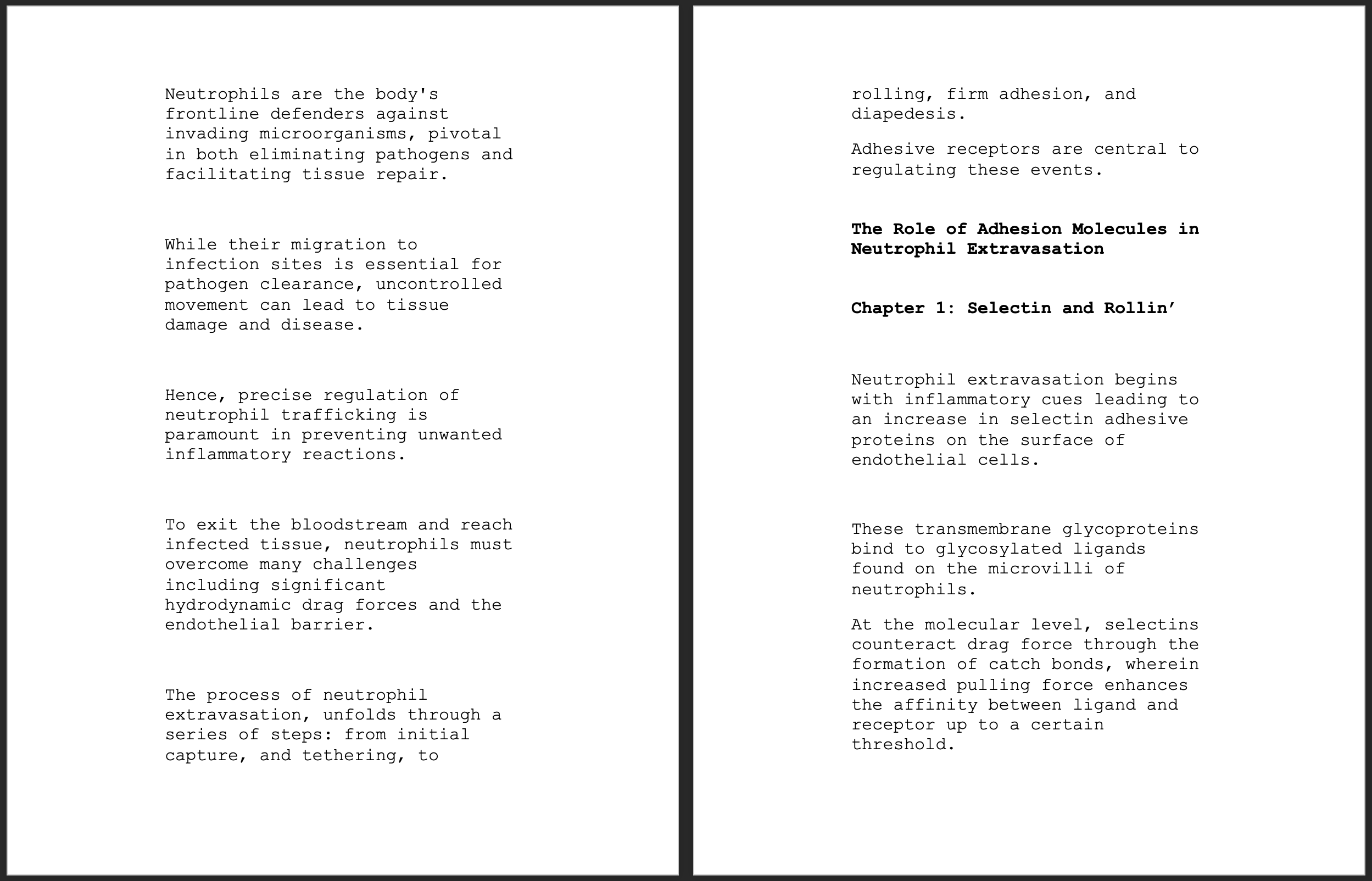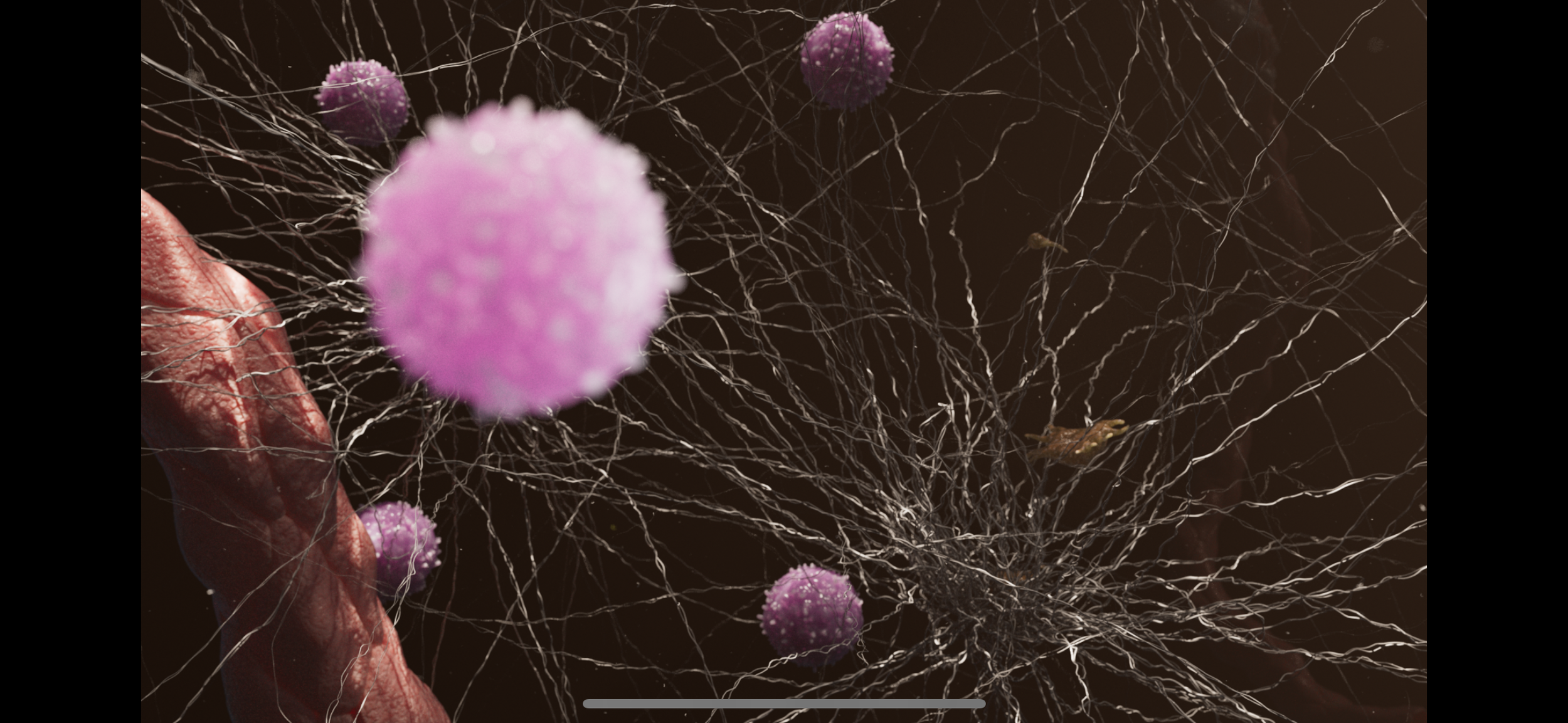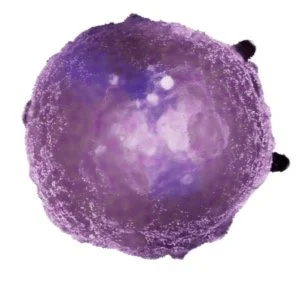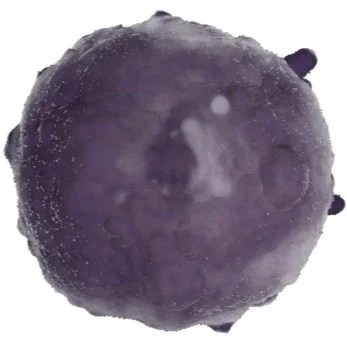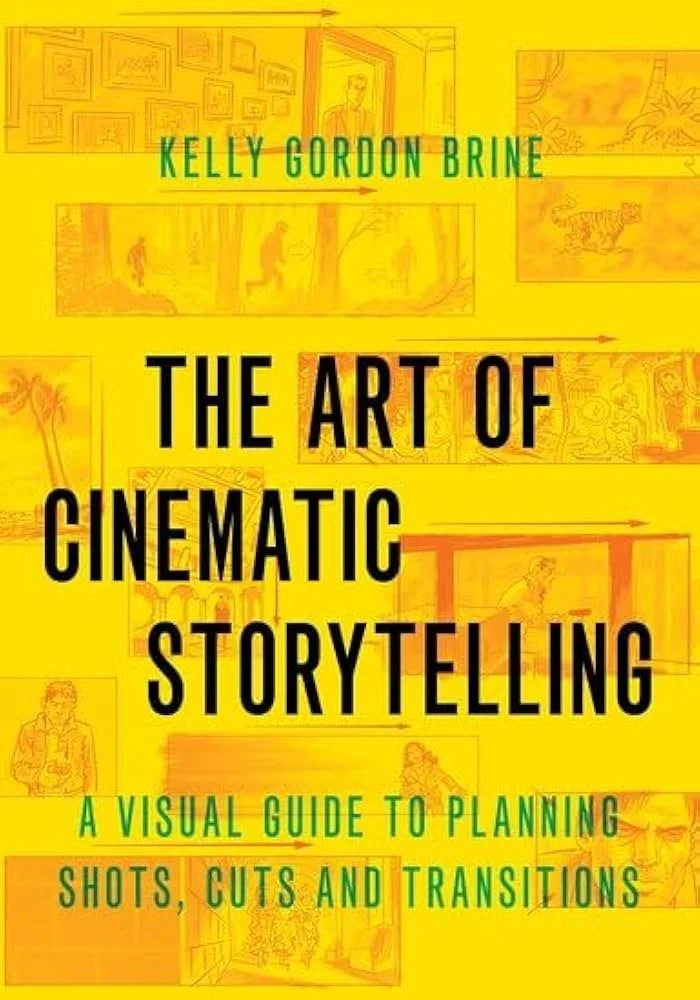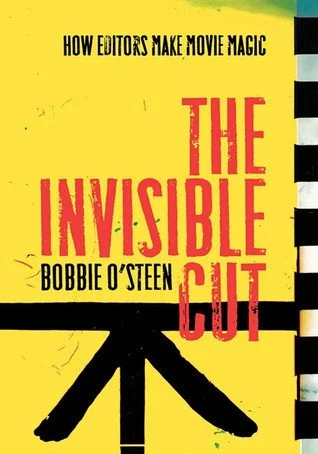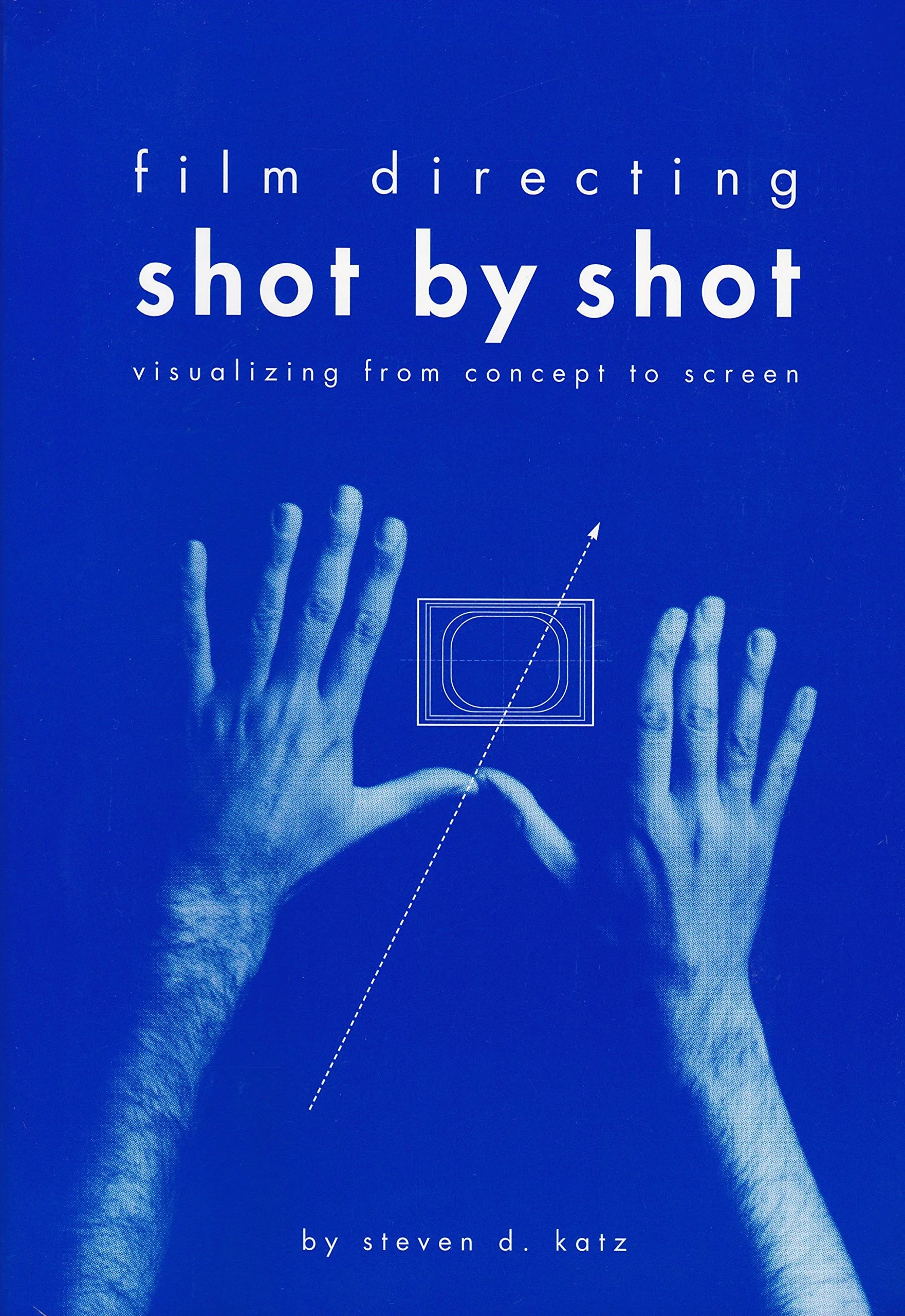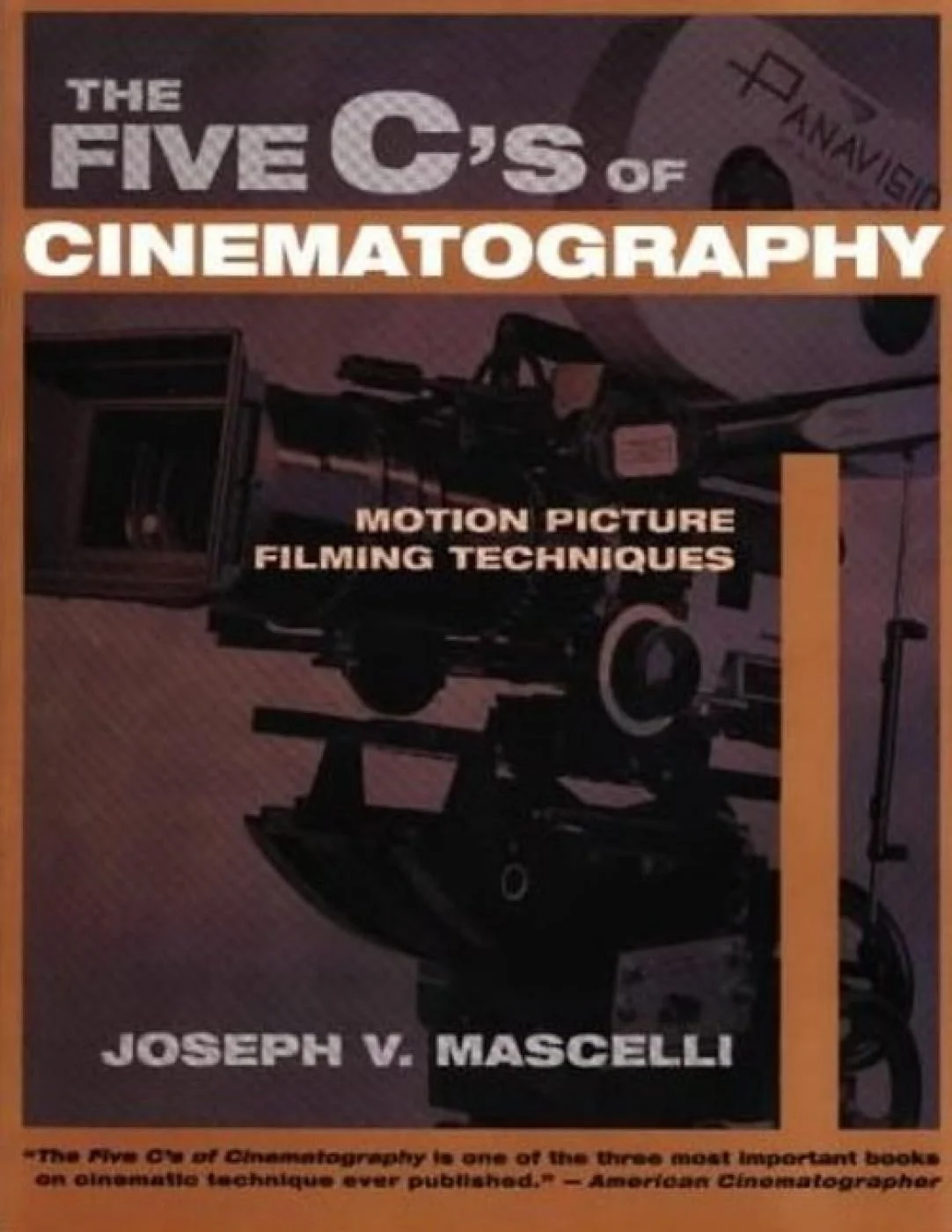The Role of Adhesion Molecules in Neutrophil Extravasation
Client
Professor Jodie Jenkinson Professor Marc Dryer Dr. Gaël Mcgill. Dr. Susan L.Keen
Audience
Undergraduate Biology Students
Software
Cinema4D AfterEffectsPhotoshop PremierPro Xparticles
Year
2024
Medium
3D Animation
This animation provides a broad overview of the cellular and molecular factors that allow for neutrophil extravasation into sites of infection - with a primary focus neutrophil rolling. Despite the visually striking nature of tether and sling formation, as well as their critical role in slow rolling of neutrophils, there are few animations that represent these process - none of which are in 3D. This animation aims to help the learner understand how changes in the expression of adhesion molecules result in changes in cell shape that slow down a rolling neutrophil.
Process
Research
Media Audit
Script Writing
Several scripts were written before settling on one process of cellular adhesion - the neutrophil extravasation cascade. This was ultimately cut back into one section: slow rolling in order to accolade time constraints. This was followed by several rewrites to account for pacing and learning goals. Braden Wright, a seasoned narrator, was hired for the VoiceOver.
Concept Art
Storyboard
Animatics
Stills
Overcoming an Animation Problem
During the pre-production phase, I didn’t realize the technical complexity of what I was trying to achieve with my neutrophil rig. I wanted it to feel organic, to roll and adapt along the surface, to be pliable enough to create long tendrils, and to have these tendrils eventually wrap along the rolling cell… all within a single shot…
Inspired by the work of Eric Small, I initially tried using a rigid body cloner of spheres with a large undulating sphere as the centre mass (within a volume builder), to create a trailing edge.
I tried using particles …
I was recommended to try using a simulation (soft body). The tendrils here were created using moextrude and using a vertex map to create areas at the tip of the tendrils that were more stickier than other parts…
However I couldn't get the tendrils to grow out as the cell began its roll…
I tried rope simulations.. same issue
I decided to reach out to Eric, in order to see how he managed to capture that reactive organic cell … turns out he used particles! A pyro emitter. This was great, but I still couldn’t combine this fluid cell with the tendrils I needed.
He suggested a potential rig. I played around with different deformers and fields…
Eventually creating a rig like this… using hairs to create leading actin filaments… still no tendrils…
I tried going back to an earlier attempt, using ropes and connectors to create the illusion of tension in the tendrils… under the the hydrodynamic force.
Not willing to give up on my dream rig, I tried using deformers, hairs on growth timers, fields, to try and create a rig that could do it all… while this was somewhat achieved, it didn’t really capture the effect I wanted on the tendrils and the hairs were difficult to control with environmental forces.
And that’s when it clicked for me… I had everything I needed for my neutrophil scene… I needed to go back to my animatic and cut up this sequence into smaller interconnected shots. Each rig was useful for a specific part of the animation.
A special thanks to Nicholas Woolridge, Adam Zunder, Michael Corrin, Gary Welch, and Eric Small for allowing me to pick their brains on this subject.
These books were fundamental to my learning process and I highly recommend them!


